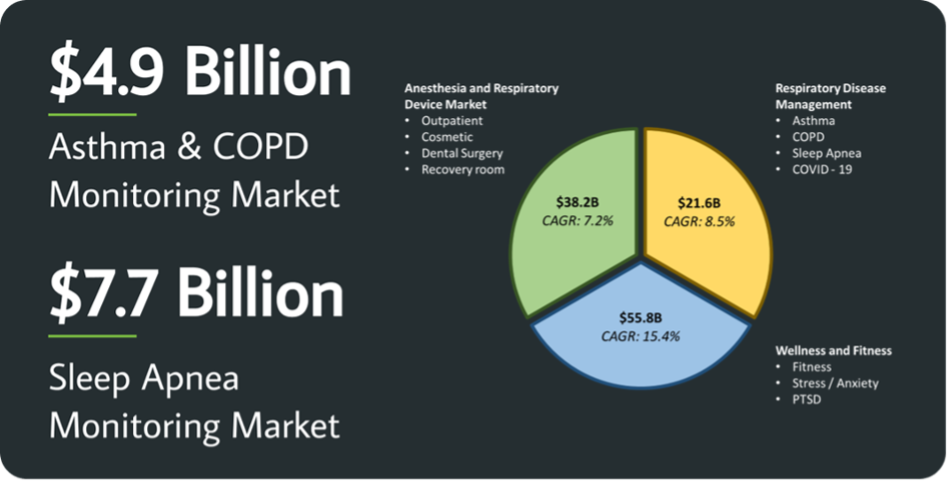CLINICAL NEED
It is a shocking reality that a vital sign as important as respiration is often not directly or continuously monitored in the clinical setting. According to published journal papers, breathing monitors currently on the market have inaccuracies or delayed responses (Source, Source). Outside of the hospital, there are very few wearable technologies that can measure breathing well.
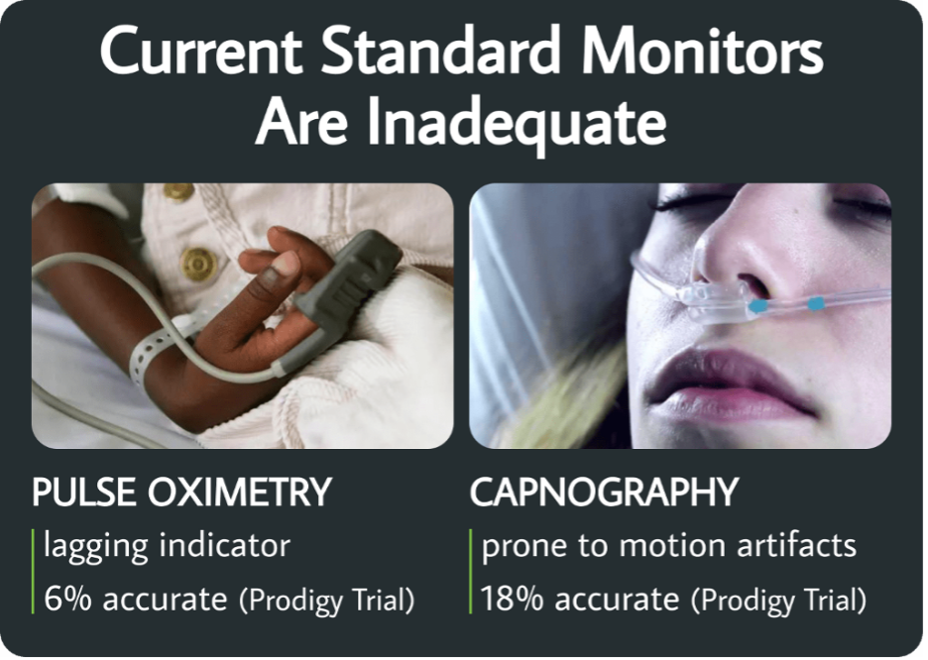
SOLUTION
The Makani Science device offers a novel, compact, and comfortable way to continuously monitor respiration.
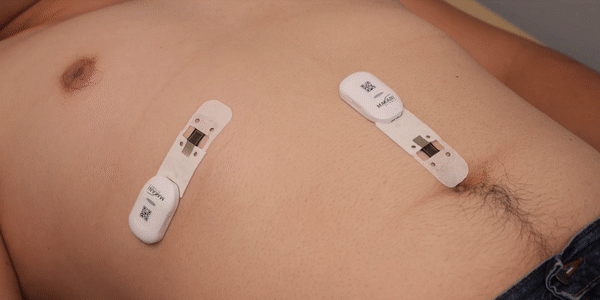
We believe that because of our unique sensor design and small form factor, the Makani Science monitoring system has the potential to unlock breathing applications never before realized (inside and outside of the hospital) and can help improve the current state of the art in respiration monitoring.
Whether making sedated procedures safer, managing respiratory diseases, and potentially saving lives, the Makani Respiration Sensor will make a neglected vital sign more accessible to the world.
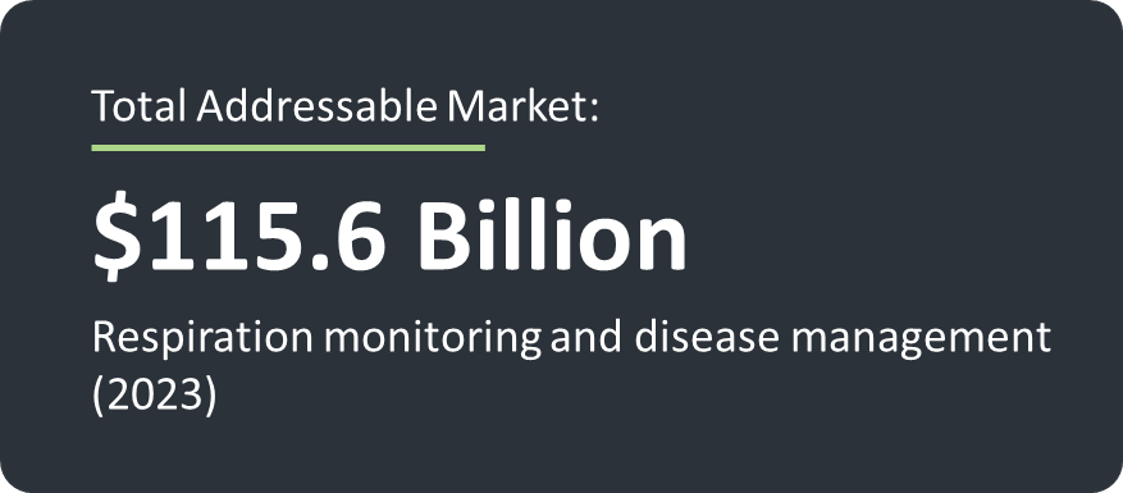
MARKET POTENTIAL
SLEEP APNEA Nearly 1 billion adults worldwide have sleep apnea (Source). This is present in 30 million adults with costs of nearly $150 billion for underdiagnosed cases in the United States (Source). Between 1-5% of children in the United States have Obstructive Apnea, suggesting that as many as 4 million may be affected (Source). This disease is diagnosed with a sleep study performed in a sleep lab or home. Although the home testing is becoming increasingly popular, it may produce suboptimal results. (Source). The respiratory monitoring in both locations is performed using two Respiratory Inductance Plethysmography (RIP) belts – one around the chest and one around the abdomen. While this nearly 5 decades old technology can detect absence of breathing, the main problems include comfort, reliability with movement and cost that often exceeds $100. This can result in inaccurate tests and a need to repeat the study. The Makani Respiratory Monitor is small, wireless, accurate with motion and is likely to result in better sleep, more consistent apnea detection and a higher testing completion rate on the first attempt.
PEDIATRICS Respiratory problems are common in pediatric patients. Issues begin as early as birth where apnea with intermittent lack of oxygen (Hypoxia) can result in retinopathy of prematurity, hyperactive airways and neurodevelopmental delays when a child is older. Later in life, children have issues such as SIDS, bronchiolitis, asthma, croup and pneumonia. The small, wireless size and its stability with motion make the Makani Science Respiratory Monitor ideal for children where the medical device market is anticipated to grow by 8% per year (Source).
SEDATION Our beachhead market targets procedures where patients are sedated and their breathing may be at risk. Anesthesiologists are not always present to monitor these patients, and sadly, deaths have been repeatedly attributed to improper respiratory monitoring (Source). For this application, we believe the Makani Science sensor can improve the safety of the patients and function as an early alert system for breathing abnormalities. This global anesthesia and respiratory device market is predicted to reach $38.2 billion by 2023 (Source).
DISEASE MANAGEMENT Another critical area where the Makani Respiration Monitor could disrupt the market is in the disease management sector. There are many diseases that affect our breathing such as COPD, asthma, sleep apnea, and more recently COVID – to name a few.
Responding quickly to changes in the patient’s condition is essential for their health. The Makani Science sensor could potentially track and manage patient breathing, improving their quality of life. The respiratory device for disease management market is predicted to reach $21.6 Billion by 2023 (Source).
WELLNESS/PERFORMANCE MEASUREMENT The wellness, mindfulness and fitness market has an enormous potential for our sensor. As stress and anxiety increases in our society, we believe people will want to start managing their mental health through biofeedback and proper breathing control. We believe our sensor, in conjunction with the right App, will be the perfect platform to provide information to the user on how well they are breathing to optimize stress reduction (Source, Source).The consumer health and wellness market is predicted to reach $55.8 Billion by 2023 (Source).
Due to its differentiating features of being small, flexible, and comfortable, the Makani Science sensor is suitable for wear in clinical settings or home use and can be incorporated into other sensors as well. In total the potential market for all targeted areas could be close to $100 Billion in 2023!
